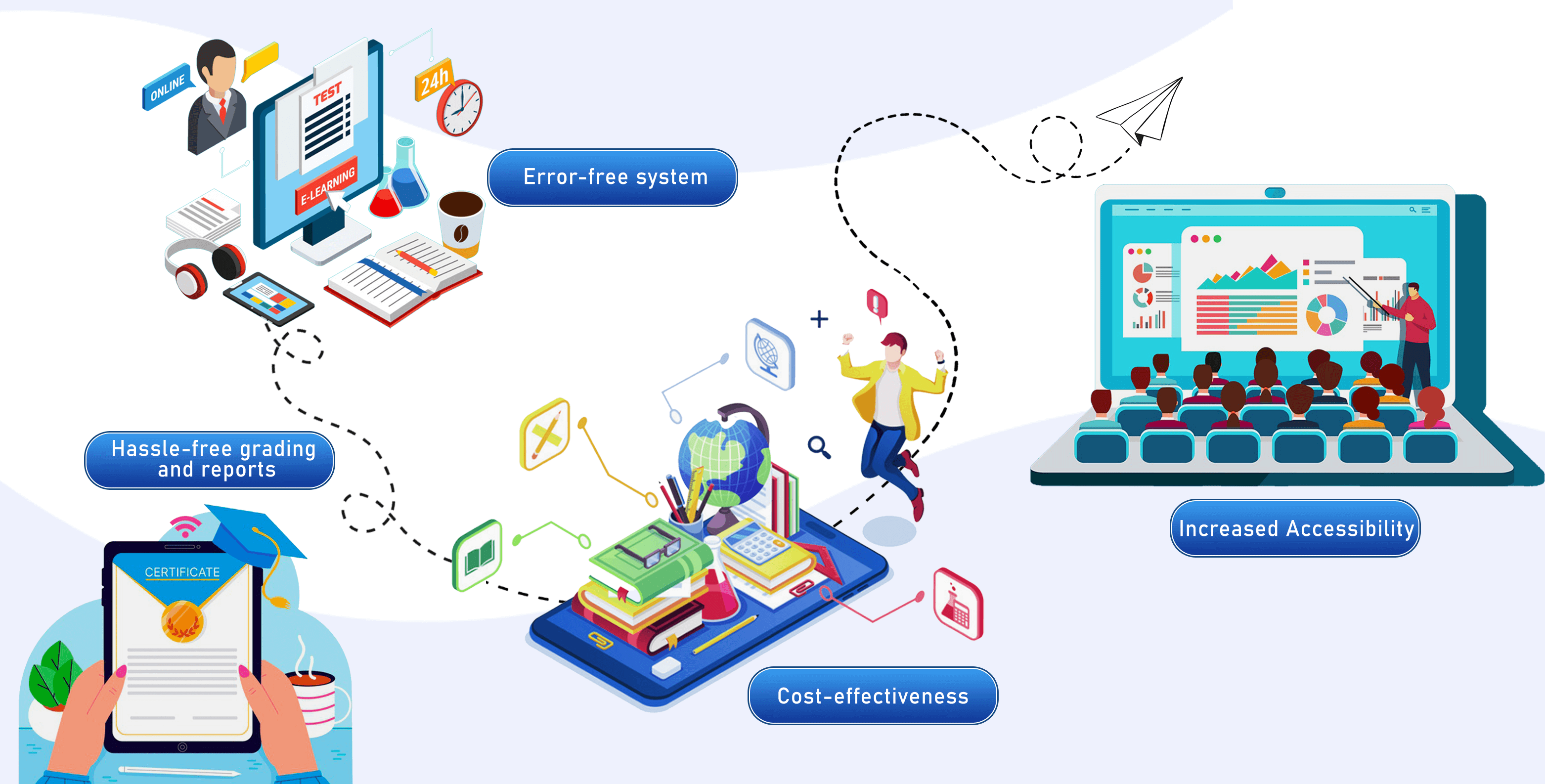In the push to digitize campus operations, many institutions have adopted ERP systems and mobile apps to streamline workflows and improve student engagement. On the surface, these solutions promise efficiency, automation, and connectivity. But underneath the surface lies a set of hidden costs that many campuses overlook — costs that impact not only finances but also productivity, user satisfaction, and long-term sustainability.
1. Licensing and Maintenance Fees
Most traditional ERP systems and third-party mobile apps require recurring licensing and maintenance fees. These costs add up quickly — especially when separate vendors manage ERP and mobile platforms. Each upgrade, customization, or technical support request often comes with additional charges, putting a strain on institutional budgets.
2. Integration Complexities
ERP and mobile platforms rarely speak the same language out of the box. Custom integrations are often required to synchronize data between systems — which means hiring specialists, spending on APIs, or relying on external consultants. This leads to:
- High development costs
- Delayed go-lives
- Ongoing troubleshooting and support
3. Data Silos and Inconsistencies
Without seamless integration, institutions face fragmented data across systems. When fee records, attendance, academic data, or communication logs are stored in different databases, it results in errors, duplication, and wasted staff time trying to reconcile discrepancies.
4. IT Resource Drain
Maintaining separate infrastructures for ERP and mobile apps requires significant internal IT bandwidth. From managing servers and databases to updating systems and resolving user complaints — the IT team ends up focusing more on keeping things running than driving innovation.
5. User Experience Gaps
Students and staff expect intuitive, unified digital experiences. When systems are fragmented, users are forced to juggle multiple logins, inconsistent interfaces, and unreliable data — leading to frustration, low adoption, and disengagement.
6. Hidden Opportunity Costs
While resources are being spent patching up legacy systems and disconnected apps, institutions miss opportunities to invest in smarter, scalable solutions. This slows digital growth, affecting the institution’s ability to remain competitive and attractive to digitally-native students.
Campus Cloud: A Smarter Alternative
Campus Cloud replaces the complexity and cost of managing multiple systems with a unified, cloud-based platform that integrates ERP functions and mobile capabilities in one place. No separate vendors. No hidden charges. Just one powerful ecosystem designed for modern campuses.
With Campus Cloud, you get:
- All-in-one ERP and mobile infrastructure
- Predictable pricing with no surprise costs
- Real-time data access and updates
- Easy scalability and customizations
- Minimal IT overhead and faster deployment
Conclusion
The true cost of maintaining disconnected ERP and mobile systems is more than just a budget line item — it’s a barrier to progress. By shifting to an integrated solution like Campus Cloud, institutions can eliminate hidden costs, boost operational efficiency, and deliver exceptional digital experiences across the board.
📌 Tags:
#ERPChallenges ,#HigherEducationERP, #EdTech, #CampusMobility, #DigitalTransformation ,#EducationTechnology ,#ERPIntegration, #HiddenCosts, #CampusManagement, #CampusCloud
🔗 Learn more at: www.campuskloud.io
